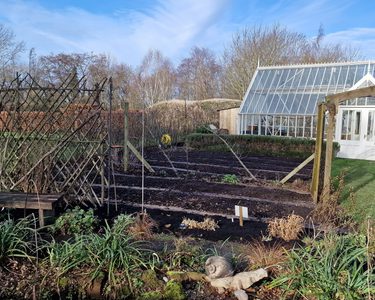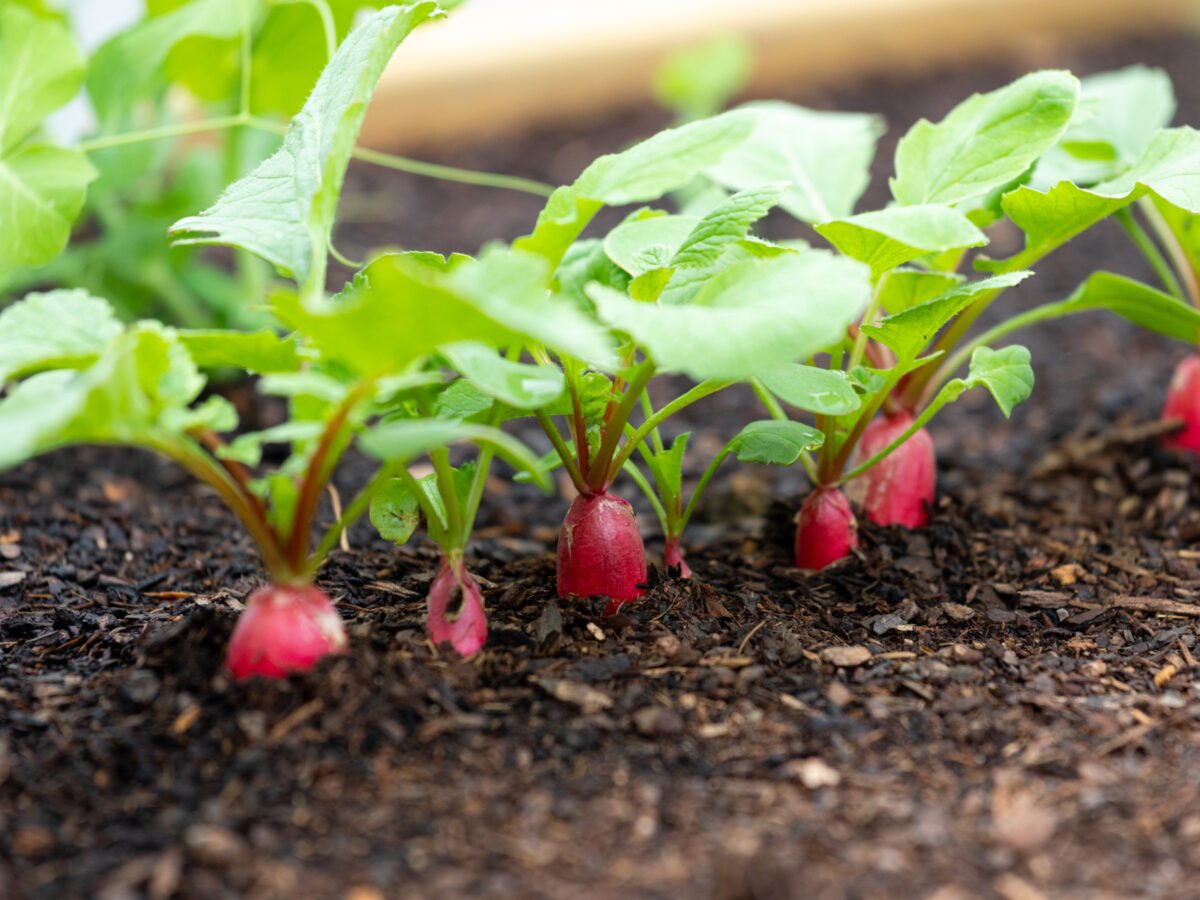Best mulches for spring

Mulches are best applied in early spring as the soil is starting to warm up. This can increase soil temperatures to speed up plant development and achieve earlier cropping.
But timing is everything, and it pays to be mindful of your local conditions. Apply mulch too early, while the ground is still cold, and they can trap cold in the soil and slow down development of plants. And consider what you’re using to mulch: you will get diferent results depending on the type of mulch and when you apply it.
Benefits of mulching
Nurturing your soil is at the heart of organic gardening. Applying a layer of organic material helps to protect the soil surface from heavy rainfall, which can leach nutrients, and avoids capping. This is when the soil forms a hard crust and can crack more easily in the summer.
Mulching helps with moisture conservation and reduces soil evaporation. It also improves soil structure and, depending on what you’re adding, increases biological life and nutrients.
It’s also an easier way to reduce weeds, rather than hand pulling. In fact, in our 2020 trial, we found mulches reduced the time needed for weeding by 75%. You need to add a layer at least 7.5cm thick to adequately control weeds, and research shows increases of up to 15cm will achieve further reductions.
Our favourite mulches
Not all mulches are equal, so here’s our handy guide to how to use them.
Garden compost
- Add at a rate of 1 bucket per square metre.
- Will slowly feed the soil and add organic matter and improve soil biological life.
- You probably won’t have enough spare garden compost available to add a thick enough layer to exclude weeds, and this would overfeed the soil.
Green waste compost (soil improver)
- Finer grade size (<10mm) applied at three buckets per square metre at any time for food growing plots.
- Will add organic matter, and nutrients are very slow release.
- Coarser grade size (e.g. 25mm) – can be applied as a thicker 7cm layer around perennial plants and ornamentals to exclude weeds.
Bark
- Apply as a thick 7cm layer to soil around perennial ornamental shrubs to exclude weeds.
- If it’s not been composted first, do not mix into the soil as it will lock up nitrogen as it breaks down.
- Its main benefit is to protect the soil and prevent weeds.
Leafmould
- Apply well-rotted leafmould as a thick layer, 2-7cm thick, to improve soil organic matter, protect the soil surface and control weeds.
- Leamould is low in nutrients but will improve soil structure, organic matter and biological life.
Cardboard
- Main function is to reduce weeds. But can be used as a mulch around plants with holes cut for the plants to grow through, or it can be used with a thick layer (around 15 cm) of growing medium on top in no-dig systems.
- Although it reduces moisture loss through evaporation, be aware it can also prevent rain from reaching the soil surface.

Love our growing advice?
Get a direct link to our horticultural advice team, as well as members-only online resources with a Garden Organic membership.